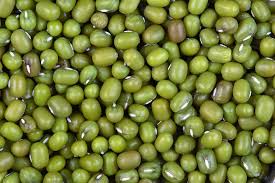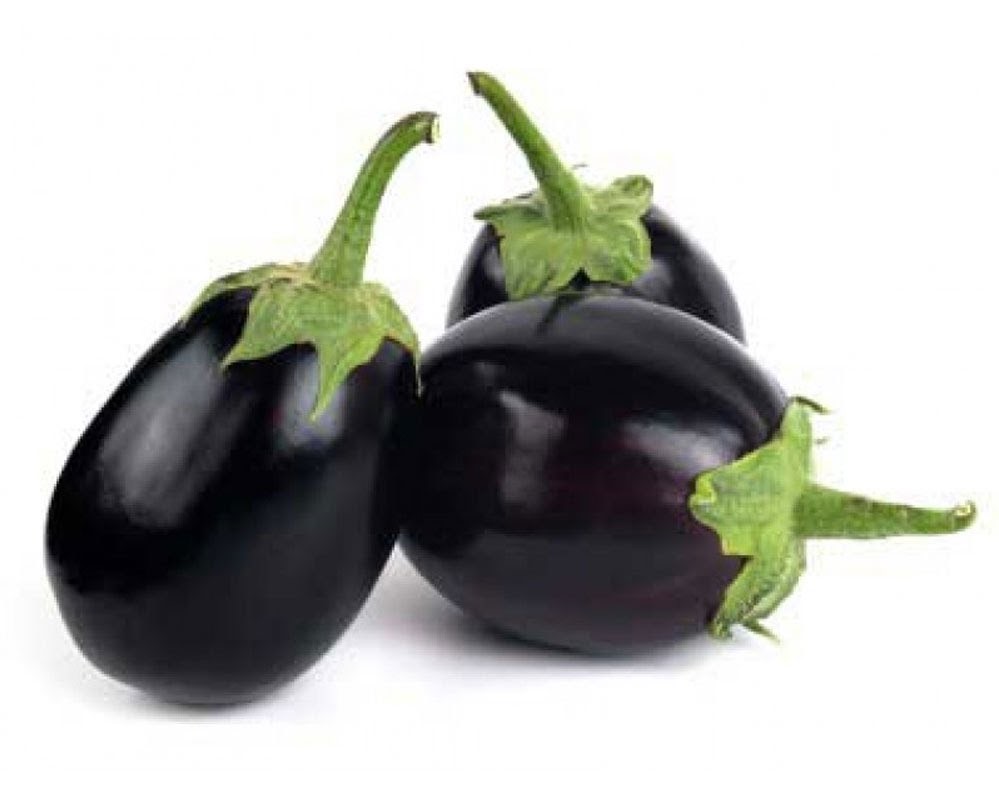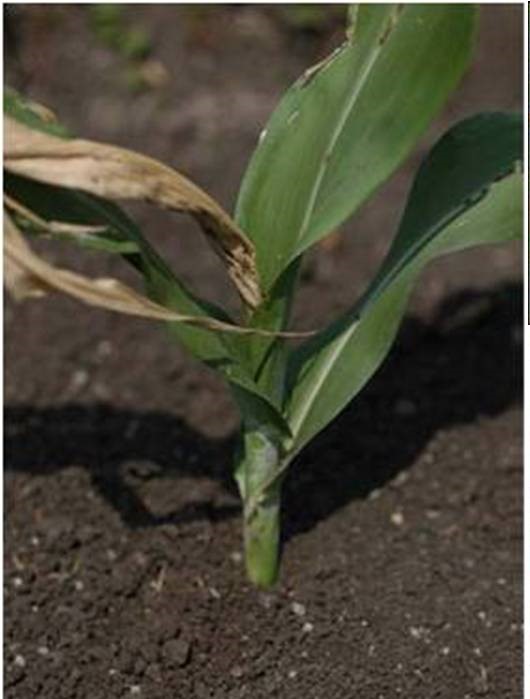-
- Pest and disease control is also important if one wants to achieve high production.
- The loss in the production caused by pest and diseases may reach up to 70% depending upon the severity of the attack.
- In the summer season, During bud initiation, mungbean may be infested by pod borer, tobacco caterpillar, etc.
- Mung bean, just like any other legume crop, it is highly susceptible to diseases caused by fungi, bacteria, and viruses. On different growing stages of leaves, stems and roots symptoms can be seen like yellowing, blight and root rot.
- For Pest control Monocrotophos 36% SL @ 300 ml/acre, Emamectin Benzoate 5% SG @ 100 gm/acre (for Gram pod borer) and Flubendiamide 20% WG @ 100gm/acre OR Indoxacarb 14.5% SC @ 160-200ml/acre (for tobacco caterpillar).
- For Disease control, use carbendazim 50% WP @ 300 gram/acre (for blight) and Thiophenate Methyle 70% WP @ 250-300 gram/acre.
Like and share with other farmers by clicking on button below.
Importance of Iron in Crop Production
- Iron (Fe) is essential for crop growth and production. Iron is a component of many enzymes associated with energy transfer, nitrogen reduction, and fixation.
- In high pH, soil iron turns into unavailable form.
- Young leaves are chlorotic in iron-deficient plants.
- Pale yellow mottling starts at the base of the leaves and spreads upward along the midrib and outward along the veins.
- Its deficiency can be corrected by spray @150-200g/acre ferrous sulfate till the chlorotic symptoms do not appear on young leaves.
Like and share with other farmers by clicking on button below.
ShareKasie bachaein baigan ko fruit borer se
- The damage to the fruits starts soon after transplanting and continues till harvesting of the fruits.
- It can reduce yield by as much as 70%.
- Multiple overlapping generations occur in warm climates.
- The short pinkish larva of the pest initially bore into the terminal shoots resulting in withering and drying of the shoot.
- In the later stage, it bores into the young fruits by making holes and feeds inside and lose their market value fruits plugged with excreta.
Management:
- Install pheromone trap @ 5 /acre .
- Continuous cropping of brinjal on the same piece of land should be avoided.
- Fruits showing boring should be picked and destroyed.
- Spray the crop with Cypermethrin 10% EC @ 300ml/acre or Lambda Cyhalothrin 5% EC @ 200-250 ml/acre at fortnight intervals starting from 35 days after transplanting to control the pest.
- Best results are obtained when all the affected fruits are removed before spraying.
Like and share with other farmers by clicking on button below.
ShareHow to maintain healthy chilli nursery
A major Problem:- Damping off
- In the nursery the disease may appear in patches, Seedlings die due to this disease before or after emergence.
- If we carefully dig down into the soil, you will find seeds that have become soft and mushy which will start to disintegrate.
- The stem of young seedlings showing water soaking lesions, brownish color and shriveling of the stem which fall over and die.
- Optimal conditions for the development of the disease are:- Poor drainage, High relative humidity (90-100%) and higher soil temperature (20-28 °C)
Management–
- Provide light, but frequent irrigation with better drainage.
- Thiophanate methyl applies on soil 0.5 gm/square meter at the time of nursery bed preparation.
- Second Spray at 20 DAS:- Metalaxyl-M ( Mefanoxam ) 4% + Mancozeb 64% WP 500 gm/acre.
Like and share with other farmers by clicking on the button below.
ShareVirus problem and solution in mungbean
- During the stages of this crop, the symptoms of yellow mosaic, leaf curl, and crinkle disease can be seen by the virus.
- The grain yield losses range from 2-95% in mungbean depending on plant age and symptoms onset.
- control of these diseases foliar spray of thiamethoxam 25% WG 60-100 gram per acre. OR imidacloprid 17.8% SL @ 100 ml per acre at 15 DAS.
Like and share with other farmers by clicking on button below.
ShareHow to improve production by improving soil health
To increase the production by 50%, we should take three important measures in the soil
- Increasing the amount of nutrients in the soil.
- Improve the physical condition of the soil.
- Maintaining the balance of pH in the soil.
- To increase the amount of nutrients in the soil
- After harvesting the previous crop, the crop residues should not be destroyed by fire.
- After harvesting, cultivate the farm twice, so that the crop residues dissolve and provide nutrients to the plants.
- Apply FYM @ 10 t/acre OR Vermicompost 2.5 t /acre + SSP @100 kg apply at the time of ploughing in the field.
- Apply (1 kg of micronutrients + PSB 2 kg + KMB 2 kg + NFB 2 kg + ZnSB 4 kg + Trichoderma 2 kg) per acre on sowing time.
2. To improve the physical condition of the soil –
- If the farmer having an adequate amount of water plough the field after harvesting and mix speedkampost @ 4kg/acre, after mixing provide one irrigation.
- In 15-20 days, crop residues with the help of Speed kampost disintegrate well and improve soil structure.
- 3. For the pH balance of soil –
- To control the soil pH, slow-release nutrients should be used.
- Fertilizers should be used in a balanced amount of more Acid and Base content.
- The soil pH rage maintains between 6.0 to 7.0 for good production of crops.
- For the improvement of acidic soil, the amount of calcium carbonate should be applied according to the soil test report.
- For the improvement of alkaline soil, gypsum should be applied according to the soil test report.
Like and share with other farmers by clicking on button below.
ShareYellowing leaves may cause more damage in Brinjal
-
- Brinjal is one of the most widely grown vegetables in the world including India.
- Yellowing on the leaves of brinjal may indicate a more serious problem.
- Yellowing in the leaves can be due to various reasons such as insect (spider, bug, and juice insect), diseases (wilt and viral-borne disease) and deficiency of nitrogen, etc. Due to yellowing in plants, the yield is less and consequently, there is an economic loss.
- To increase the availability of nitrogen, mix nitrogen fixation and phosphorus-soluble bacteria with nitrogen fertilizers in the field @ 2 kg/acre.
- To protect the brinjal crop from insect problem, can spray propergite 50% EC @ 400 ml (for spider) and Dichlorvos 76% EC @ 300 ml (for lace bug) per acre.
- To prevent yellowing from diseases, spray carbendazim 12% + Mancozeb 63% WP @ 200 gram and streptocycline at 20 gram/acre, and control the disease spreading insects.
Like and share with other farmers by clicking on button below.
ShareSigns of Boron deficiency in the crop and ways to prevent it
- Symptoms are variable, depending on the crop and the growing conditions, but generally, they are visible first on new leaves.
- The first sign is usually the discoloration and thickening of young leaves.
- At greater severity, the deficiency causes necrosis of the growing points.
- Boron deficiency is usually observed in soils with a high pH because in these conditions this element is in a chemical form that is not available for the plant.
- Soils with low organic matter content (<1.5%) or sandy soils (prone to nutrient leaching) are also susceptible to boron deficiency.
- Preventive Measures for boron deficiency.
- Avoid soils with high pH.
- Avoid high air humidity and low soil moisture. Do not over-fertilize or lime the soils.
- Avoid over-watering of the crops.
- Regular testing of soil and keep the full details of the level of nutrients in your area.
Like and share with other farmers by clicking on button below.
ShareManagement of stem fly in the mungbean
- Damage in yield by the stem fly in the mungbean crop has been reported to be 24-37%.
- In India Stem fly infestation during the germination stage is predominant affecting crop produce posing a serious concern.
- As this pest attacks during the initial stage of germination which is generally 4 weeks after sowing, this infestation results in wilting of leaves leading to crop loss.
- Foliar spray of imidacloprid 17.8% SL @ 100 ml/acre OR Bifenthrin 10% EC @ 300 ml per acre may be sprayed to control stem fly.
Like and share with other farmers by clicking on the button below.
ShareHow much harmful stem borer in sweet corn and how to control ?
- In India, about 13.2% of economic yield losses have been reported due to insect-pests attack and disease incidence.
- In different agro-climatic zones of our country, this insect has been reported as the cause of loss of 26.7 to 80.4% of the total yield of maize.
- Young larvae inter the midrib of the stem and feed the internal tissue and make a shot hole on the stem of the plant. (Causing a condition referred to as “dead heart”).
- It damaged the crop from 10-12 DAS to till harvesting.
- Soil application of carbofuran 3% G@ 5-7 kg per acre.
- The spray of Dimethoate 30% EC@180-240 ml per acre.
Like and share with other farmers by clicking on the button below.
Share




